Which 3D printing technology to choose in healthcare?

Jonas Kosior – 3D Printing Production Manager, May 2021
3D printing, also known as additive manufacturing, is a process that allows the production of three-dimensional objects in various materials such as plastic, polymer resin, metal, ceramic, silicone, and even chocolate… The production of such parts is done by the localized and successive addition of material on a printing platform of varying size.
As explained in one of our previous articles “A 3D design and printing project in 3 key steps“, the 3D file to be printed is initially obtained from a 3D computer model. It is this file that the printer will use to produce the final physical model.
Overall, many studies/articles support the fact that 3D printing :
- Lowers production costs compared to traditional industrial manufacturing for limited quantity production and for rather complex geometries
- Saves time (some parts can be printed in just a few hours)
- Has almost infinite design limits
In short, what more do you want, 3D printing has already proven itself and this is just the beginning!
Depending on the end use of your 3D printed product, the material you want, the level of detail you want, and many other parameters, you will have to decide which printing technique to use rather than another.
In this article, we will introduce the 6 main 3D printing technologies available on the market, and you will realize that with 3D printing many things are possible, you have no idea!
In the end, you will just have to choose the technology that best fits the product you want to create.
1) Rapid and inexpensive prototyping in 3D printing: Fused Deposition Model (FDM)
FDM technology, invented by Stratasys in 1988, is one of the most widely used technologies, mainly due to its availability to the general public. Specifically, a plastic filament is pulled by a gear motor, melted by the print head and extruded onto the platform layer by layer to create the desired object (layer thickness can range from 0.13 to 0.33mm for Stratasys F123 series machines for example).
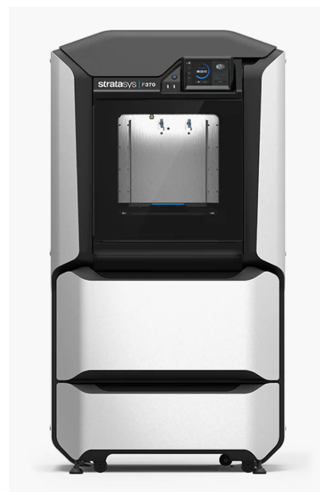
This technology is used in many industries, including healthcare, aerospace and construction, as its manufacturing space can easily vary from 10cm to several metres. It is also very practical for rapid prototyping (parts can be printed in less than an hour) and for large printing plates if required.

The good thing is that in terms of maintenance you don’t risk spending too much time on it (it is almost non-existent) and that the post-processing (explanation of the concept here) is done quite easily by removing the support material by hand (when necessary), or by dipping the part in a solvent bath.
Nevertheless, the quality of the final rendering remains average with remaining superpositions visible to the naked eye, and one is limited to using only one type of plastic per object (also called “mono-material” even if the choice of plastic is very diverse).
Ultimately, FDM is the best option for combining ease of use and low cost: ideal for rapid prototyping, if you are not fussy about the quality of the final result and want to stay within your budget without investing all your time in machine maintenance.
This type of technology is suitable for a hospital wishing to produce protective visors for all its nursing staff, or anatomical models for specific operations.
2) Uncompromising precision with SLA (Stereolithography) technology
Stereolithography dates back to the 1980s and is also a rapid prototyping technique often used in practice (e.g. Formlabs printers.

In this process, the printing platform is immersed in a vat of liquid photosensitive resin which is then cured (solidified) by a laser. There are several types of resins (some of which are ceramic based), each used in different industries:
- Standard resins, ideal for traditional prototyping, simple concept modelling
- Engineering resins, for functional prototypes (if you want to test particular mechanical and thermal properties, such as pressure resistance)
- Resins for moulding and casting, used particularly in jewellery
- Biocompatible dental and medical resins*

With SLA technology, prototyping can also be done quickly and cheaply and mass production is possible. However, the rendering quality is higher than that of FDM (up to 25 microns), resulting in more accurate products (essential for medical devices).
In terms of maintenance…CLEAR! Formlabs printers are typically “plug and play”, minimising set-up and configuration changes as the machine is used.
On the other hand, there is a risk that post-processing, which includes UV bombardment in a UV oven to achieve the optimum capabilities of the resin (strength, elongation, etc.), will take a long time.
In short, SLA is perfect for making high quality, fast and accurate single material prints (surgical guides and biocompatible trays for dentists) while taking advantage of the diversity of resins available.
3) Get long-lasting parts with SLS (Selective Laser Sintering) technology
SLS laser sintering was also developed and patented in the mid-1980s. This process consists of heating fine particles of polymer powder (plastic, ceramic, etc.) to build 3D parts. The powdered material is placed in the printer’s tray and then sintered by a laser. The grains of material agglomerate to form a solid structure, with the laser tracing the shape of the object to be printed. The unfused powder will support the part during printing.
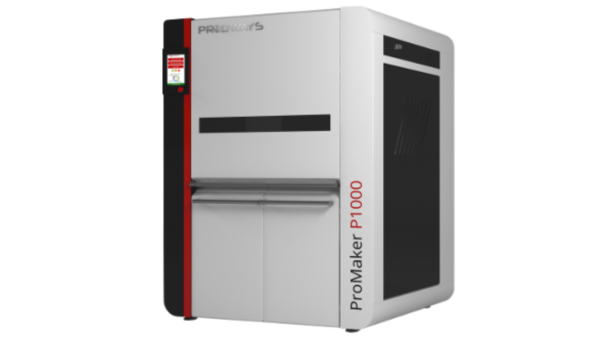
The SLS process is particularly suitable for complex geometries, functional prototyping and for the production of robust/durable parts (e.g. orthopaedic prostheses). It is more cost effective to fill the tray as much as possible to cushion the use of powder. Even if some of the material is not used in a print, it can be sieved and recycled. However, this will need to be mixed with new powder, before being returned to the printer for the next print
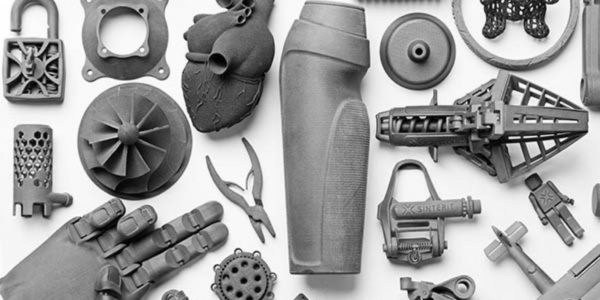
Post-processing will require a separate station to anneal the powder in the oven, vacuum the powder and clean the parts. Indeed, the use of powder poses hygiene, safety and environmental constraints. The investment in safe handling is an additional cost
Overall, SLS technology opens up a new potential for innovation and ensures good productivity. The resulting parts are stronger than those produced with SLA or FDM technologies. The disadvantage is that the high cost and the necessary organisation of the working environment outweigh the many advantages.
4) The star of the implantable: SLM (Selective Laser Melting) technology
The SLM process was developed at the end of the 20th century. Laser melting printers have a process similar to SLS technology, the difference is that in SLM technology the powdered material is fused and not simply sintered by the laser. Unlike FDM and SLA technologies which are frequently used by individuals, SLS and SLM technologies are largely for industrial use.

This technology is generally used to print very high precision metal parts (steel, zinc, copper, stainless steel, etc.) in small series, particularly for implantable parts in the medical field (dental implants or other) or in aeronautics for the construction of certain engine part
As with SLS technology, the printer has to be recalibrated after each print and the post-processing is done by annealing the powder and sucking it up.
It is mandatory to organise a specific ATEX (explosion-proof due to the use of metal powder) working environment to ensure the safety of the personnel and the environment: technical room, strict procedure to be applied, heavy armoured machine, gas mask, complete outfit and anoxia detector.
Despite a higher cost than other technologies and more extensive preparation, the SLM manufacturing process allows for the manufacture and production of the most elaborate geometries.
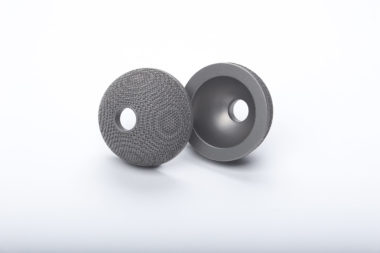
5) The queen of hyper-realism and multi-materials in 3D printing: the Polyjet!

Polyjet technology is very similar to SLA technology. It consists of projecting micro-droplets of liquid resins onto the printing plate, which are then polymerised (solidified) by UV lamp on the printing plate.
It has proven to be an invaluable aid in surgery by allowing the creation of hyper-realistic and precise organ replicas (up to 14 microns in high quality) to simulate operating environments (=surgical simulators): these models allow students and surgeons to train and refine their movements in order to anticipate their future interventions. It is possible to create multi-material parts, i.e. different parts within the same object with distinct compositions and characteristics (e.g. on the same part, representation of white and hard bone, representation of pink and less hard gum). However, this technology requires a substantial budget, the resins used remain fragile and are not biocompatible for the majority of them.
The technology is all the more demanding because it is efficient: its maintenance is consequent and the machines must be checked frequently to deal with any problems/ malfunctions within a very short time.Removal of the backing material is done manually, with immersion in a solvent tank or with waterjet technology (cleaning with high-pressure water).
In conclusion: Polyjet is the cream of the crop for playing with the properties of resins (colour, hardness, etc.), and producing objects with very good finishes, complex and multi-material, but the budget is not the least consequent.
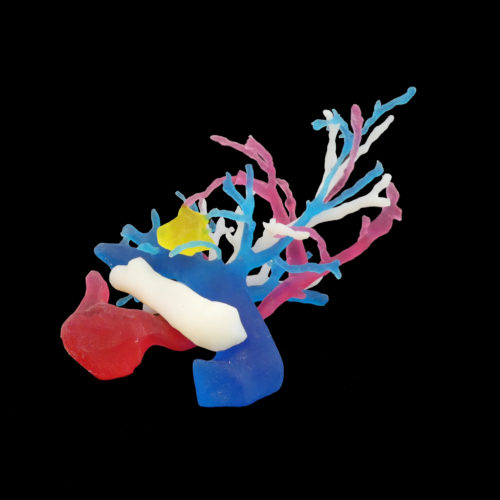
6) MJF (MultiJet Fusion), a new technology with great potential
In contrast to SLS technology, Multi Jet Fusion technology (developed by HP, among others) does not use a laser device. A powder bed is heated uniformly at the start of the process. The print head then applies melting agents to this surface. This material is then solidified using infrared light.
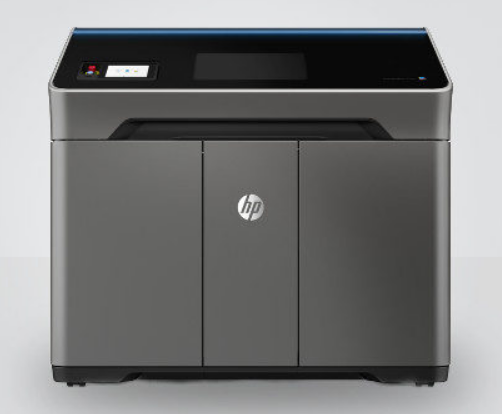
If we compare it to laser sintering (SLS), we can underline its capacity to produce parts with a better surface finish at the printer’s output (smoother, less porous) and therefore a less heavy post-processing and more isotropic mechanical properties (= which present the same properties in all directions).
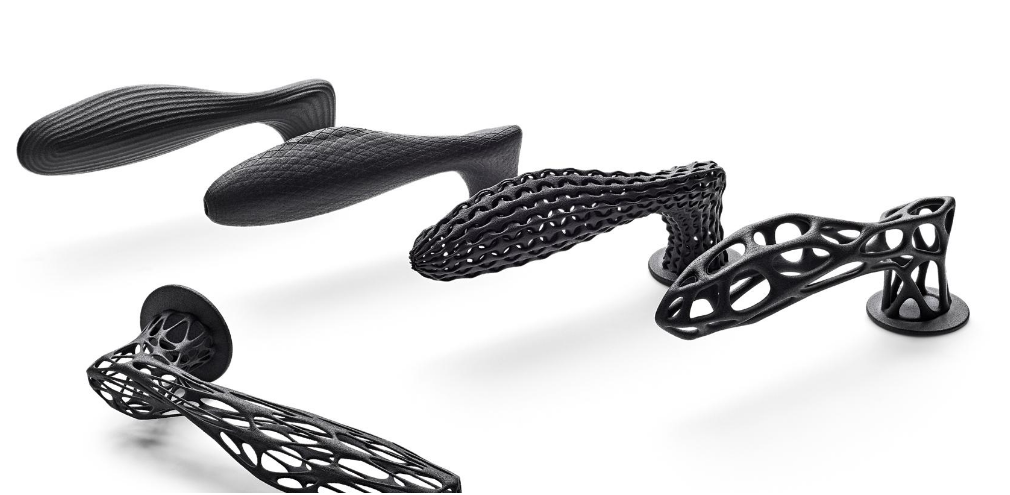
The accelerated MFJ process is ideal for the rapid, low-cost production of functional multi-colour prototypes and small series of complex nylon parts (including high-precision anatomical models)
Ultimately, with 3D printing, the limits of what is possible are the limits of what is self-imposed…
…And they are made to be exceeded! Provided that you are accompanied by a team with dedicated expertise to design your 3D models and ensure that the printers work properly and are produced.
Each additive manufacturing technology has its strengths, weaknesses and requirements (plastic vs. metal, mono-material vs. multi-material, hard vs. soft, rapid prototyping or not, simple post-processing vs. complex post-processing, etc.), but this is what makes them so complementary to each other and what allows us to expand the field of possibilities in 3D printing!
Especially since 3D printing is a rapidly evolving field: technologies are improving day by day and future innovations will not stop surprising us.
—
Did you like this article and would you like to know more about 3D printing news? Don’t wait any longer and subscribe to the Bone 3D newsletter via our website!
Bone 3D is also present on social networks: follow our linkedin page to have regular news !